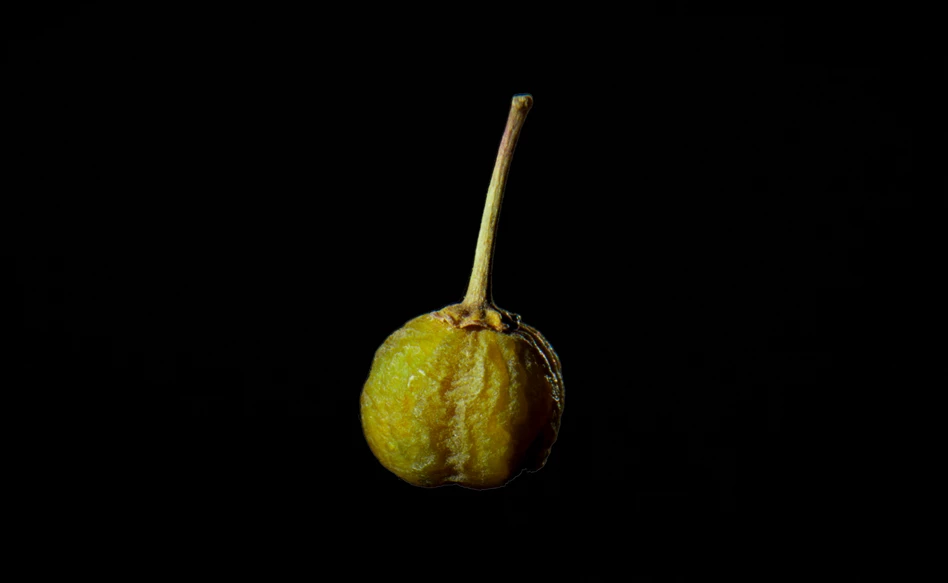
Stil de grain: from fading yellow to lightfast pigment
Renowned masters such as Rembrandt, Vermeer and Rubens already often used, in ‘lacquered form’, Stil de grain yellow, brown and green. The dye extracted from various types of buckthorn berries was, however, known for its poor lightfastness. These days therefore Stil de grain is produced with a lightfast pigment that has the same unique colouring and glazing properties.
Stil de grain: from fading yellow to lightfast pigment
Stil de grain has been used by artists since the Middle Ages. Historical sources for example refer to the French term ‘Stil de grain jaune’ and ‘Stil de grain vert’. The dye was extracted from the unripe berries of buckthorn bushes from Central and Southern Europe using soda and water and processed in for example soluble inks. The colour varied from yellow to brown, depending on how ripe the berries were. Only at a later stage could the dye be made into a type of pigment and Stil de grain processed in pasty paints.
Lacquered pigment
The Dutch 17th century masters used Stil de grain in the form of a so-called ‘lacquered pigment’. This results from a process where the dye is chemically precipitated onto a colourless, inorganic pigment. Now it was also possible to make thick paint, but the lightfastness left much to be desired. A popular nickname for the yellow colour was ‘schietgeel’, probably derived from the Dutch verschieten, to turn pale. Another explanation could be that buckthorn berries are highly laxative, and ‘schietgeel’ (fading yellow) may have been be a corruption of ‘schijtgeel’, meaning diarrhoea yellow.
New variant
The lacquered ‘buckthorn pigment’ has not been used for a long time. In terms of quality Royal Talens has launched a greatly improved Stil de grain, based on an excellent lightfast pigment with the same traditional colour and transparency properties. This ‘new’ variant is highly suitable for applying glazing layers, as are the original and other ‘lacquered’, transparent pigments. The centuries-old historical name is still used, and so Stil de grain remains available for future generations.
Dye or pigment… what is the difference?
As a dry coloured powder there is no distinction between dye and pigment. The difference only becomes clear when mixed with a binder or solvent. Dissolve the powder, as you would with sugar in tea, and it becomes a dye suitable for use in for example soluble inks. Pigment on the other hand is excellent for producing thick, pasty paint. Another major difference is the lightfastness. Dyes tend to fade under the influence of light, whilst pigments generally maintain their colour for much longer.
Stil de grain was primarily derived from the berries of the Rhamnus Saxatilis and Rhamnus Catharticus. Depending on how ripe the berries were specific brown, yellow or green dyes were obtained.
Royal Talens has the colour in the following product ranges:
Other Colour stories

Ultramarine
Colour stories
Magenta
Colour stories
Indian Yellow
Colour stories
Carmine
Colour stories
Gamboge
Colour stories
Indigo
Colour stories
Ochre
Colour stories
White
Colour stories
Cobalt Blue
Colour stories
Vermillion
Colour stories
Asphaltum
Colour stories

